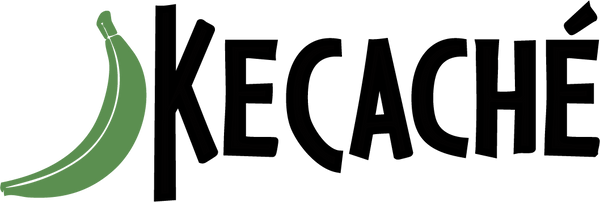
Merengue Music Genre
Share

Merengue is a style of music and dance that originated in the Dominican Republic but Venezuelan and Afro-Cuban musical practices as well as Latin American dances, have had a strong influence (Britannica, n.d.). Merengue was developed in the middle of the 1800s. Its original lead instruments were the guitar and the bandurria, but years later it was performed with accordions (Burr, Ramiro 2004). Today, in addition to the diatonic accordion, a group of musicians that perform merengue, play the güira (metal scraper) and the tambura (a two–sided drum).
These three instruments reflect the three civilizations that make up Dominican culture's idiosyncrasy. The accordion represents European influence, the tambora represents African influence, and the güira represents Taino or aboriginal influence.
There are a few different theories as to where the word came from. It is possible the dance took its name from a popular Latin-American dish made from egg whites and sugar called meringue. The link between the two names is said to be that the güira used in merengue sounds like the sound of eggs being whipped (Vazquez and Fuller, 2021).
Today, the Dominican Republic and Puerto Rico play three different types of merengue. The oldest and most popular style is merengue típico, also known as perico ripiao. Merengue de orquesta (big band merengue) and merengue de guitarra are the other two types (guitar merengue).
...from 1930 to 1961, the dictator Rafael Trujillo introduced a nationwide campaign promoting merengue.
Merengue isn’t only a music genre, but the national dance style of the Dominican Republic. Partners hold each other in a closed position and move in slow, sensuous semi-circles to the rhythm of the music. There are three sections to the music: paseo, merengue, and jaleo (Britannica, n.d.).
While merengue had a negative reputation in the mid-1800s (since it was popular within rough neighborhoods), from 1930 to 1961, the dictator Rafael Trujillo introduced a nationwide campaign promoting merengue. This transformed its reputation into a joyful celebration of the country’s spirit.
Merengue to the Dominican Republic compares to what blues, jazz, and hip-hop are to the United States.
It has since grown in popularity throughout Latin America as well as in a number of large cities in the United States with Latin communities. It was popularized in the United States by New York-based groups and bandleaders such as Rafael Petiton Guzman in the 1930s, and Angel Viloria y su Conjunto Típico Cibaeño in the 1950s. With over two million Dominicans currently living in the United States, this music style has impacted—and been impacted by—other American music genres (What Is Merengue (Music and Dance)?, 2021). Juan Luis Guerra, Wilfrido Vargas, and Milly Quezada are some of the well-known merengue musicians and groups today.
Angel Viloria and its Conjunto Tipico Cibaeño were a merengue band that helped popularize the genre in the 1950s.
There is no denying merengue is a core aspect of the Dominican Republic’s culture. Merengue to the Dominican Republic compares to what blues, jazz, and hip-hop are to the United States. To commemorate and spread the word about this beautiful music genre that embodies the spirit of an entire country, Dominican Republic and other countries like Puerto Rico, Venezuela and Cuba, our Latino Caribbean brand has designed a selection of Merengue shirts. These Dominican shirts are a stylish choice for everyone who wants to express their love and gratitude for this Latino Caribbean dance.
References:
Britannica, T. Editors of Encyclopaedia (Invalid Date). Merengue. Encyclopedia Britannica. Available at: https://www.britannica.com/art/merengue
Burr, Ramiro. (2004). Joaquin Diaz: Montreal's Dominican merengue master. p20
Master Class. 2021. What Is Merengue (Music and Dance)?. [online] Available at: https://www.masterclass.com/articles/what-is-merengue-music-and-dance#is-merengue-a-dance
Vazquez, C. and Fuller, J., 2021. Merengue, History of Dance and Music. [online] Centralhome.com. Available at: https://www.centralhome.com/ballroomcountry/merengue.htm
